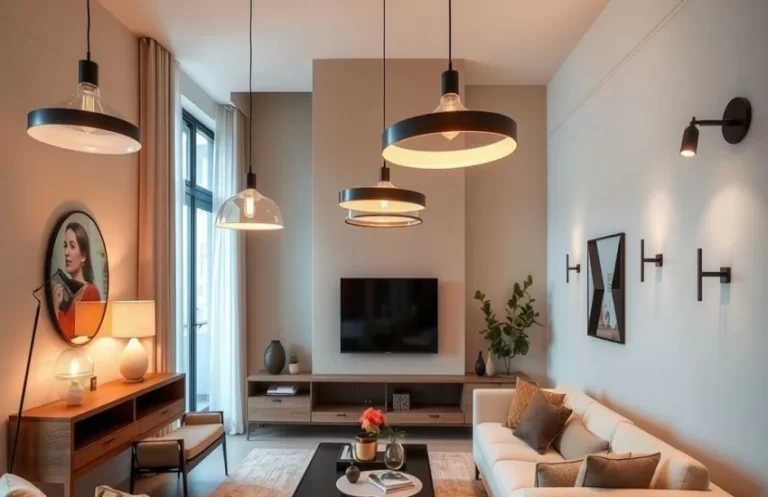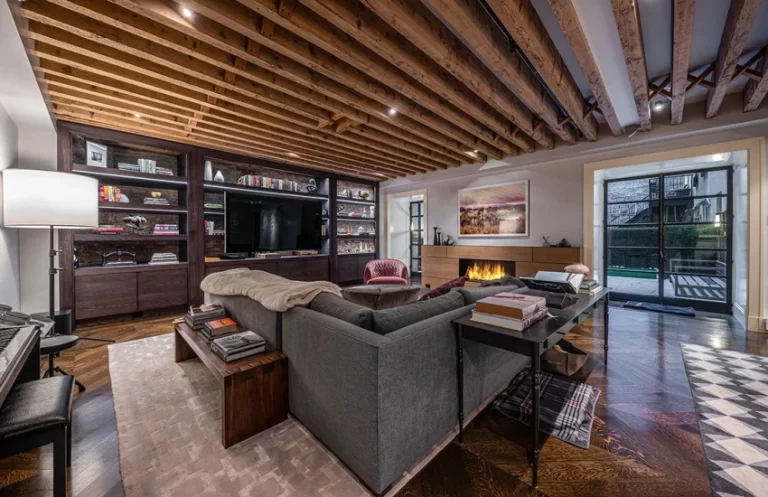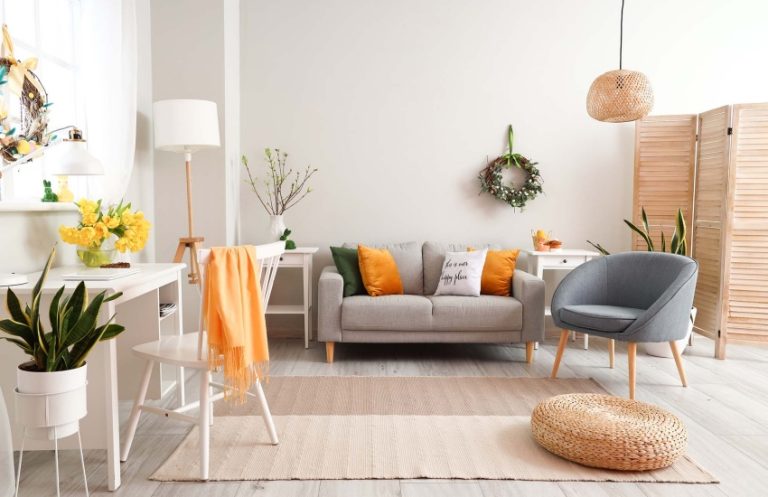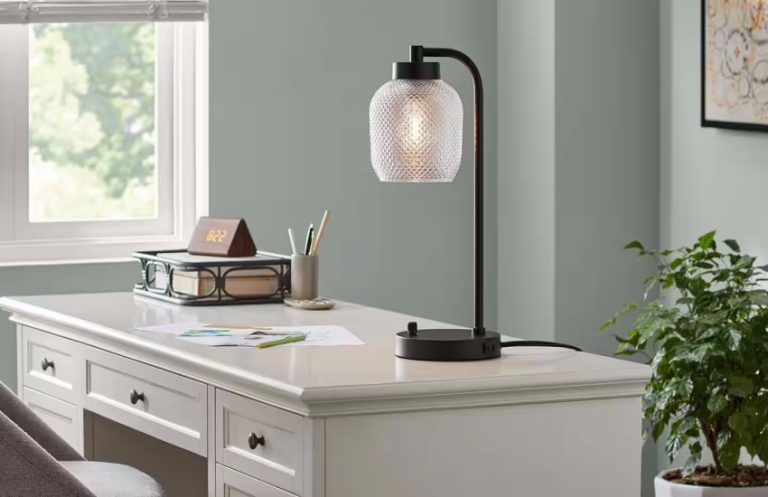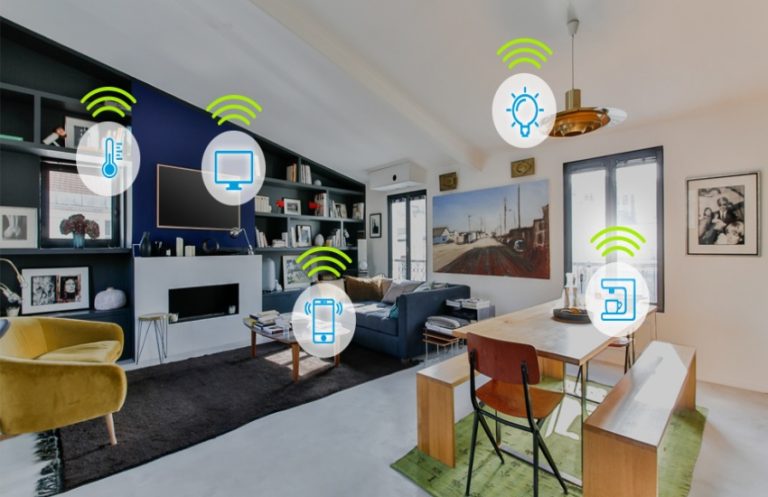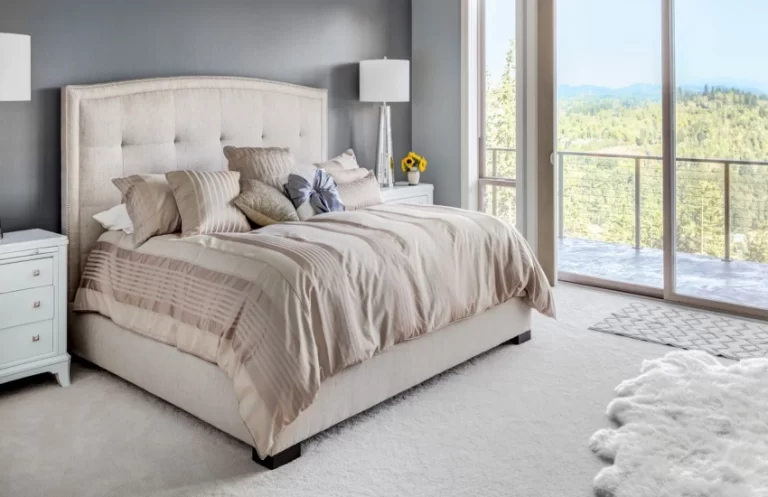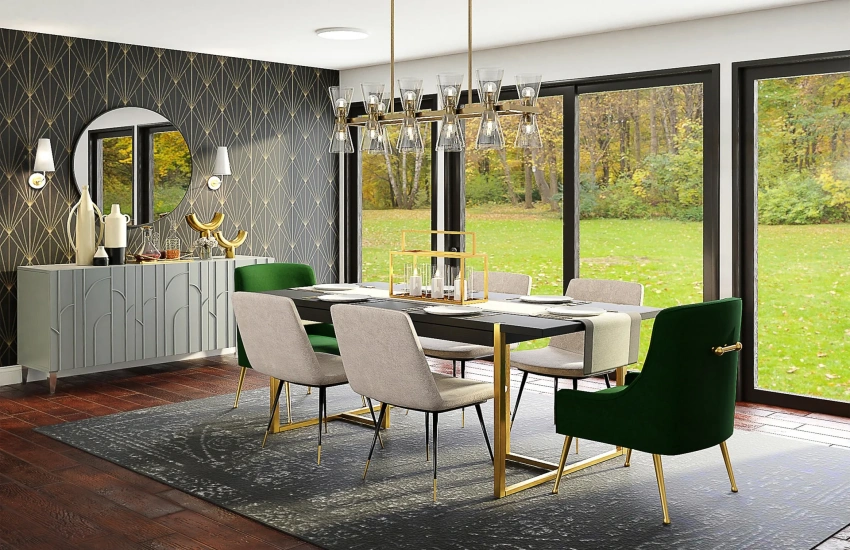
Choosing a color scheme begins with understanding the emotional impact of colors. Warm colors such as reds, oranges, and yellows tend to evoke feelings of warmth and energy, making them suitable for social spaces like living rooms and dining areas. Cool colors such as blues, greens, and purples promote calmness and relaxation, making them ideal for bedrooms and bathrooms. Selecting colors that align with the intended mood of each room can significantly enhance the overall atmosphere.
Considering the size of a space is essential when choosing a color scheme. Lighter colors can make small rooms appear larger and more open, while darker colors can create a cozy and intimate feel. In larger spaces, bold colors can help define areas and create visual interest. Utilizing a combination of light and dark shades can add depth and dimension to a room, making it feel more dynamic and inviting.
The concept of color harmony is crucial in selecting a color scheme. Complementary colors, which are opposite each other on the color wheel, can create vibrant contrasts that energize a space. Analogous colors, located next to each other on the wheel, offer a more harmonious and cohesive look. Using a monochromatic scheme, which involves different shades of a single color, can create a sophisticated and elegant atmosphere. Understanding these relationships can help homeowners create visually appealing combinations that resonate with their personal style.

Neutral colors into a color scheme provides balance and flexibility. Neutrals such as whites, grays, and beiges can serve as a backdrop, allowing bolder colors to stand out. They also provide a timeless quality that can adapt to changing trends. Using neutrals in larger areas, such as walls and furniture, can create a versatile canvas for adding colorful accents through accessories like cushions, artwork, and rugs.
Lighting should also be considered when selecting a color scheme, as it can dramatically alter how colors appear in a space. Natural light can enhance the vibrancy of colors, while artificial lighting may cast different tones. Testing colors under various lighting conditions can help determine how they will look throughout the day. This consideration is particularly important for rooms with limited natural light, where warmer colors may help create a more inviting environment.
In addition to walls and furniture, color schemes can be extended to smaller elements within a room. Accessories such as curtains, throw pillows, and decorative items can introduce pops of color and tie the overall look together. Coordinating these elements with the primary color scheme can create a cohesive and well-designed space. Mixing patterns and textures within the chosen color palette can add visual interest without overwhelming the design.
Implementing a well-thought-out color scheme can significantly enhance the beauty and functionality of a home. By considering the emotional impact of colors, the size of spaces, color harmony, the role of neutrals, the influence of lighting, and the integration of accessories, homeowners can create inviting and aesthetically pleasing environments that reflect their personal style and enhance their daily lives. A thoughtful approach to color can transform a house into a true home.
